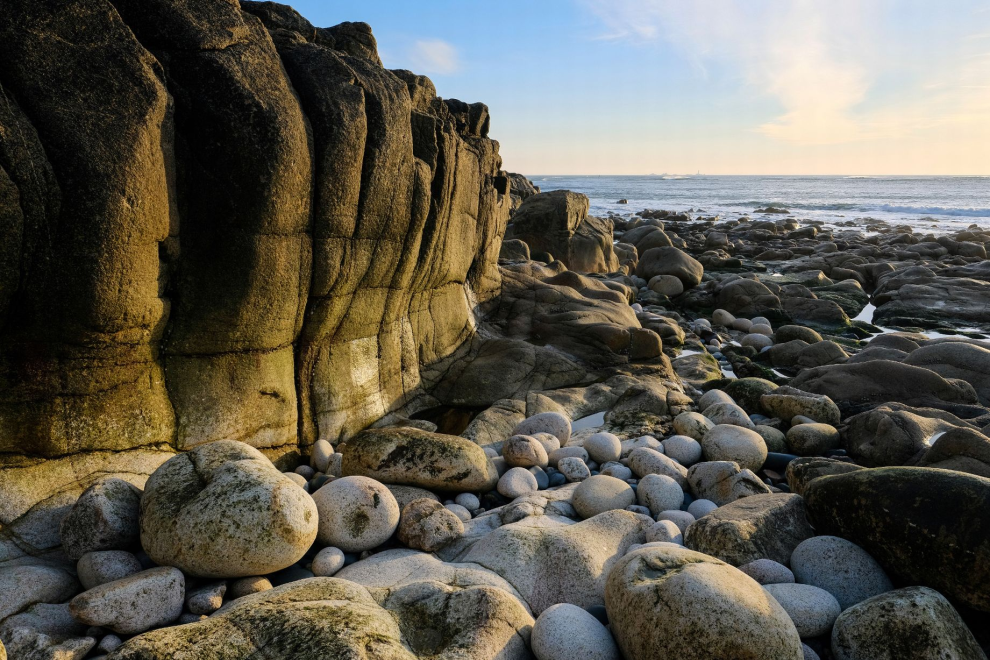Everyone loves a trip to the beach, but some coastlines off visitors more than others and that is definitely true for Cornwall’s ‘Dinosaur Egg Beach’.
Meeting the sea at the bottom of Cot Valley near St Just, and vying for the position of most westerly beach in the country, Porth Nanven feels like a forgotten land, hidden at the end of a long and winding road that neither tourists or mobile phone signal can navigate, reports Cornwall Live.
But Porth Nanven is more than just a pretty face. This wild Atlantic frontier known locally as ‘Dinosaur Egg Beach’ has a tale to tell from 120,000 years ago.
Tourists on TripAdvisor praised the location for its stunning offerings. One person wrote: “Porth Naven lies at the end of the tranquil Cot Valley, also on the south west coast path. It has a great sunset, which we were fortunate to witness, lovely views across to the Bisons. It’s mainly boulders and pebbles looks like dinosaur eggs, and low tide you do get some sand.”
Another said: “This is a wonderful beach with a National Trust Car Park, the beach is mainly pebbles which you can’t take away, at low tide there is a small sandy beach. Many years ago a Submarine grounded here and there are apparently remnants at a very low tide.”
Ambling down the lane running alongside a stream that once powered Wheal Bellan mill and tin dressing works, it is easy to believe that Cot Valley has its own micro-climate as you pass lush, sub-tropical vegetation.
Part of the Aire Point to Carrick Du Site of Special Scientific Interest, the serenity of this valley on a pleasant evening muffles the echoes of its noisy, industrial past.
This tranquility is broken by crashing waves during winter storms, when the cause of this cove’s smoothed granite becomes apparent.
Source: bristolpost



























